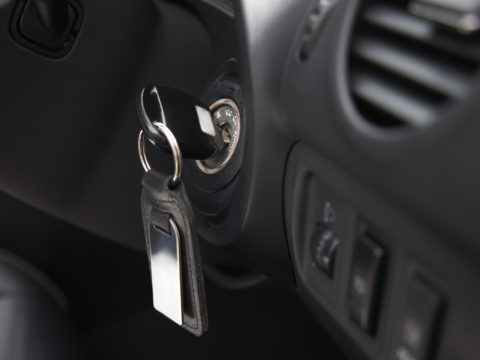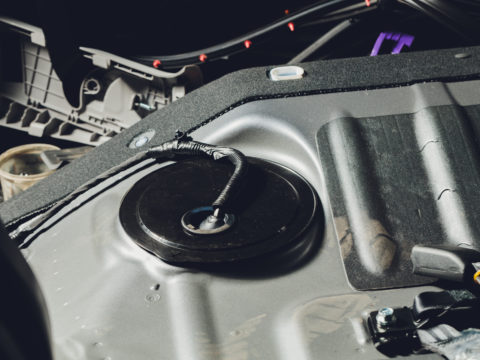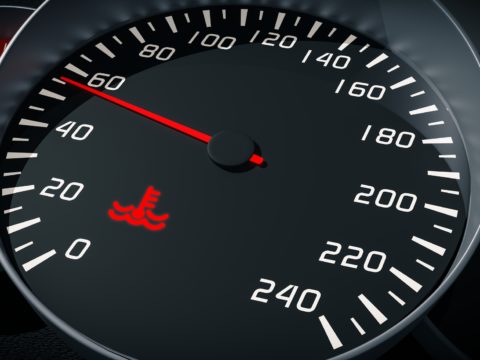Today’s cars and engines are as much electronics as they are engineering.
The fuel pump relay is a vital electronic component in the car and plays a critical role in ensuring the engine can perform as designed.
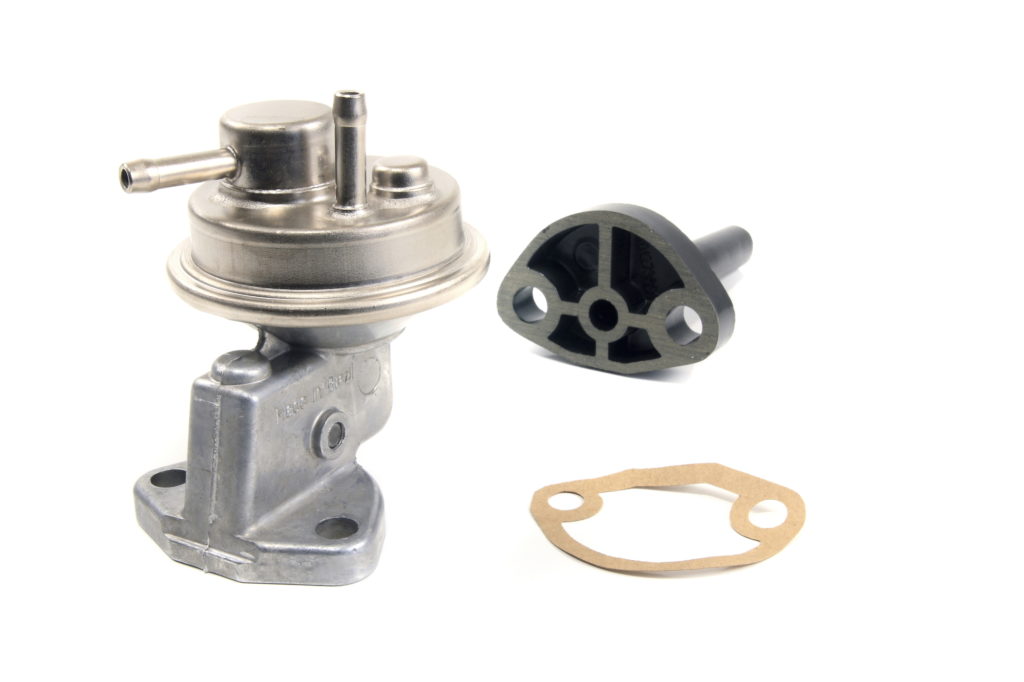
The total average replacement cost for a malfunctioning fuel pump relay is around $170.
Contents
What exactly does a fuel pump relay fuse do?
As you can identify from the name, the fuel pump relay is associated with both the fuel pump and thus the movement of fuel throughout the system and combustion chamber. Today’s engines require a very specific amount of fuel to be injected into the combustion chamber to properly function. The fuel pump is in charge of ensuring that happens.
However, the fuel pump is not battery operated and thus needs a source of power. The fuel pump relay is the automotive part that connects and regulates the fuel pump to the car’s power source, the battery. To ensure that the fuel pump works consistently and seamlessly, it needs a reliable and even source of electricity. This is what the fuel pump relay does.
Common blown fuel pump fuse symptoms
So, how do you know if the fuse box is the location of your fuel pump relay issues?
These are the five most common symptoms of a bad fuel pump relay which could indicate that the issue you may be having with the fuel system potentially lies within the fuse box.
CEL – check engine light
The infamous check engine light rears its ugly head yet again. There are dozens of things that can cause the check engine light to come on, and this is another one of them. The CEL is the engine control module’s (ECU) warning that it has found something wrong with one of the car’s sensors. Unfortunately, that is all it tells you.
This is the very first sign you will receive if there is a problem with the fuel pump relay. This is also a very good example of why you should not simply ignore the CEL. At this stage, you may be able to handle matters much cheaper and easier. Remember, when the CEL comes on, it’s free to find out why; so there is no reason not to do it.
While this is the first sign that something may be wrong, it is not a determinative sign of any specific problem. There are dozens of sensors, besides the fuel pump relay, that the ECU monitors. So, the CEL needs to be monitored in connection with other fuel pump relay symptoms.
Dead engine
This is a very good reason why you don’t want to wait to get that free CEL reading and chance losing any valuable time that the CEL may be providing you.
Once the fuel pump relay does fail, you will not be able to start the car. A failed fuel pump relay is not only an inconvenience but consider the difference between it failing while the car is sitting in your garage as opposed to the car sitting in the middle of a store parking lot an hour away from home.
Remember, fuel pump relays do not allow the car to get fuel, that is the job of the fuel pump. The fuel pump relay keeps the fuel pump working. Thus, a fuel pump without a power supply is a car without a fuel supply.
Engine stalls
A failing fuel pump relay may not completely die on you right away. It may be a gradual progression that begins with the CEL and develops into your engine stalling.
This can be due to several factors, such as bad soldering points inside the fuel pump relay or an issue with the fuel pump wiring. The engine stalling can be frequent or very random, but should not simply be ignored.
An engine stalling is typically a sign that something is not happening correctly inside the combustion chamber and this is very often associated with the fuel pump relay controls.
Lack of engine power
Another tell-tale sign of a bad fuel pump relay is if you notice a loss of acceleration when hitting the gas pedal.
You know your car better than anyone else does simply because you drive it. So, you should immediately notice any change in your car’s performance, and realize that such a change alone is a reason to investigate potential issues.
An engine’s output is directly connected to the amount of fuel it has available to it. After all, it’s a combustion engine, not an electric engine. A faulty fuel pump relay fails to keep the fuel system properly working and that will result in a decrease in power.
Silent fuel pump
Though you typically listen for the engine to start when you turn the ignition key, you should also be hearing the fuel pump as well.
The fuel pump emits a whirring sound at ignition which means it is building up pressure inside the fuel rail. It may be difficult to hear this noise with all the noises coming from the engine bay. You will likely notice a silent fuel pump noise as a difference from the regular start-up noise you are used to hearing.
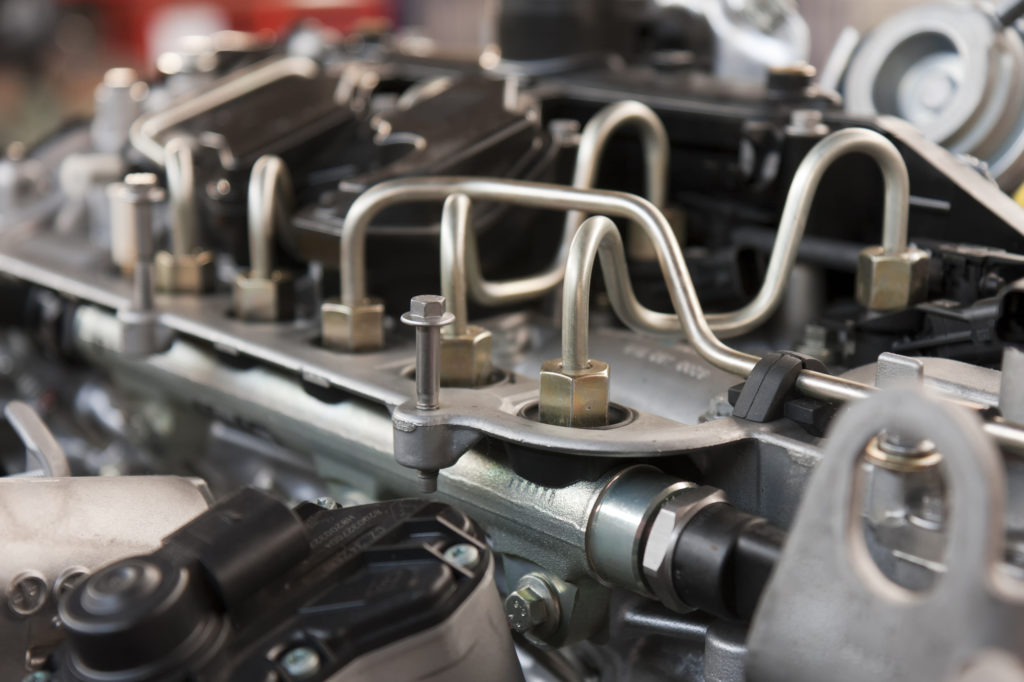
What causes the fuel pump relay fuse to blow?
There are several reasons why the fuel pump relay fuse gets blown. These are the four most common reasons for a blown fuse:
Excessive amps
The fuel pump relay located in the fuse box is susceptible to electrical power surges. Surges will go directly to the fuse box and will result in blowing a fuse. Or in this case, a burnt fuel pump relay.
This can happen for various reasons, such as the fuel pump drawing too much amperage. However, this issue can easily be identified with a simple tool, a volt ohmmeter.
Wiring issues
If amperage is not an issue, then problems can lie in the wiring harness itself. A wiring issue can take many forms; from a bad connection, a short in the line, a loose wire, or even damage from something that had gnawed at the wires.
In any case, any disruption to the constant flow of power to any electrical components results in problems.
Faulty part
Simply having a bad relay is always a possibility. Sometimes, the symptoms of a bad part are just that the part is bad. If no other reason for failure can be found, this is most likely the cause.
Moisture in the system
If there is water in the fuel tank, it could be adding moisture to the entire system.
The fuel pump relay ensures a constant and stable path for electricity to follow. Moisture and electricity do not mix well. If moisture is making its way into the system, a fuel pump relay replacement will soon be necessary.
The gas tank is typically the spot where this issue begins.
How to check fuel pump relay fuse
It is very easy to check if the fuel pump relay works.
Fuel pump relay diagram
Once you located the fuse box, there is typically a diagram on the fuse box cover.
Fuel pump relay fuse location
The diagram will show you the exact location of the fuel pump relay fuse. Go to it.
Fuel pump relay switch
Once you find the relay switch, it is possible to test it without removing it from the fuse box, but this is not the best way to test it.
How to remove fuel pump relay fuse
Normally, there is a tool in the fuse box that you use to remove fuses. If not, pointy pliers will work. Grab the fuse and pull it out.
How to test a fuel pump relay
Shine a light through the plastic body of the fuse. You will see a metallic strip. If that strip is broken, the fuse is no good.
How much is a fuel pump relay fuse?
The majority of the final price involved in a pump relay replacement cost is in labor. You can expect to pay up to approximately $120 in labor costs for the service.
However, the replacement cost of the vehicle’s fuel pump relay part alone is rather inexpensive. You can find the part at any auto parts store for between $20 to $50.
Fuel pump relay FAQs
Can a bad fuel pump relay cause misfire?
Yes, there are several things a bad fuel pump relay can result in and a misfire is one of them. When a fuel pump goes or is going bad, it directly affects the ignition system and the engine as they are all connected. A bad fuel pump loses pressure which results in an engine misfiring.
Can a fuel pump relay work intermittently?
Yes, it’s possible for the fuel pump relay to work intermittently. There can be numerous reasons for this, but it’s important to understand this is not the correct method of operation. At the very least, it can be a sign of improper maintenance or not keeping the part clean.
Will a fuel pump work without a relay?
This greatly depends upon numerous factors. The car needs a functioning fuel pump, regardless of whether there is a relay or not. While, in some cases, direct wiring of the fuel pump is possible, it is never recommended as it effectively cuts off communication with the car’s ECU.


